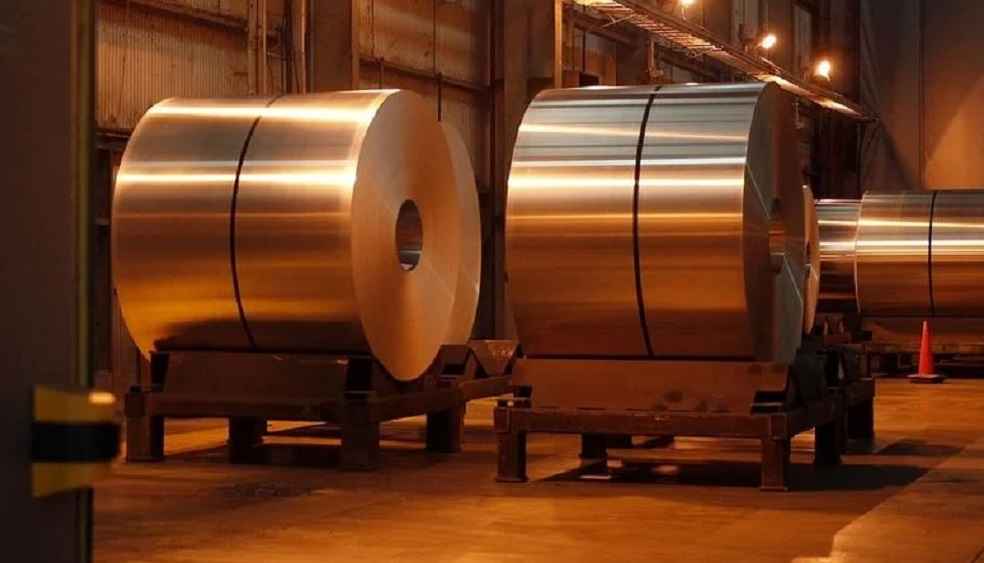A joint briefing was presented to the G7 trade ministers by The Aluminium Association of Canada, European Aluminium, The Aluminium Association, and the Japan Aluminium Association. It comes ahead of the scheduled meetings in Osaka, Japan, in October. Entitled ‘Aluminium Supply Chain Pathways to Net Zero GHG Emissions and Fair Global Markets: Priority Action Areas,’ the document underscores aluminum’s critical role in the transition to a low-carbon economy and green transition. It also outlines strategies for sector decarbonization while addressing market distortions caused by non-market economies like China.
The report states that the global demand for aluminum is expected to surge by up to 80% by 2050. This demand means that the amount of aluminum needed in the next decade will equal the total produced in the past century. To meet this demand, the report emphasizes the need for substantial new investments in clean energy systems, near-zero GHG emission production technologies, and almost 100% recycling rates for pre-consumer scrap and end-of-life products. These investments are necessary to transition to net zero GHG emissions and augment the supply of responsibly produced aluminum across the United States, Europe, Canada, and Japan.

The briefing outlines four Priority Action Areas to facilitate this essential market transition:
Electricity Decarbonization:
The electric grid decarbonizing is a crucial step in moving the aluminum sector to net zero emissions. The global industry has been relocating new facilities to areas with access to renewable power, a trend that must persist. This transition will also require significant public investment in new, efficient energy infrastructure.
Production Technologies:
Innovative production technologies, such as inert anode smelting and carbon capture, utilization, and storage (CCUS), can markedly decrease industry emissions in the medium term. Governments should allocate dedicated R&D funding, reinforced by international science and technology collaboration, to expedite these programs.
Material Efficiency:
Although approximately 75% of all aluminum ever produced is still in use worldwide, there are opportunities to enhance aluminum recycling, which is crucial for a low-carbon future. The industry endorses consumer education, policy incentives, public-private partnerships to boost supply, and accelerated R&D on material sorting to achieve nearly 100% aluminum recycling rates.
Market Incentives:
Governments must persist in offering market-based incentives to decarbonize the sector, secure supply chains, and guarantee a globally level playing field. Sustained and intensified trade enforcement is vital to this effort. Well-structured carbon border adjustment programs are also important. Governments and the industry must join forces to mitigate supply chain risks caused by the concentration of critical minerals in a handful of key countries.

A letter to global trade ministers contained remarks from the associations, stating, “The aluminum industry is not only an energy-intensive and trade-exposed industrial sector, but it is also a critical source of material for clean energy technologies: a low carbon circular economy requires access to sustainable, secure, and resilient aluminum supply chains. On behalf of our member companies and the 1.75 million workers they directly and indirectly support across the United States, Europe, Canada, and Japan, we are fully committed to working closely with you and your senior officials to pursue our shared interests.”
BUSINESS GENERAL | Aluminium Will Dominate the EV And Hydrogen Fuel Era



